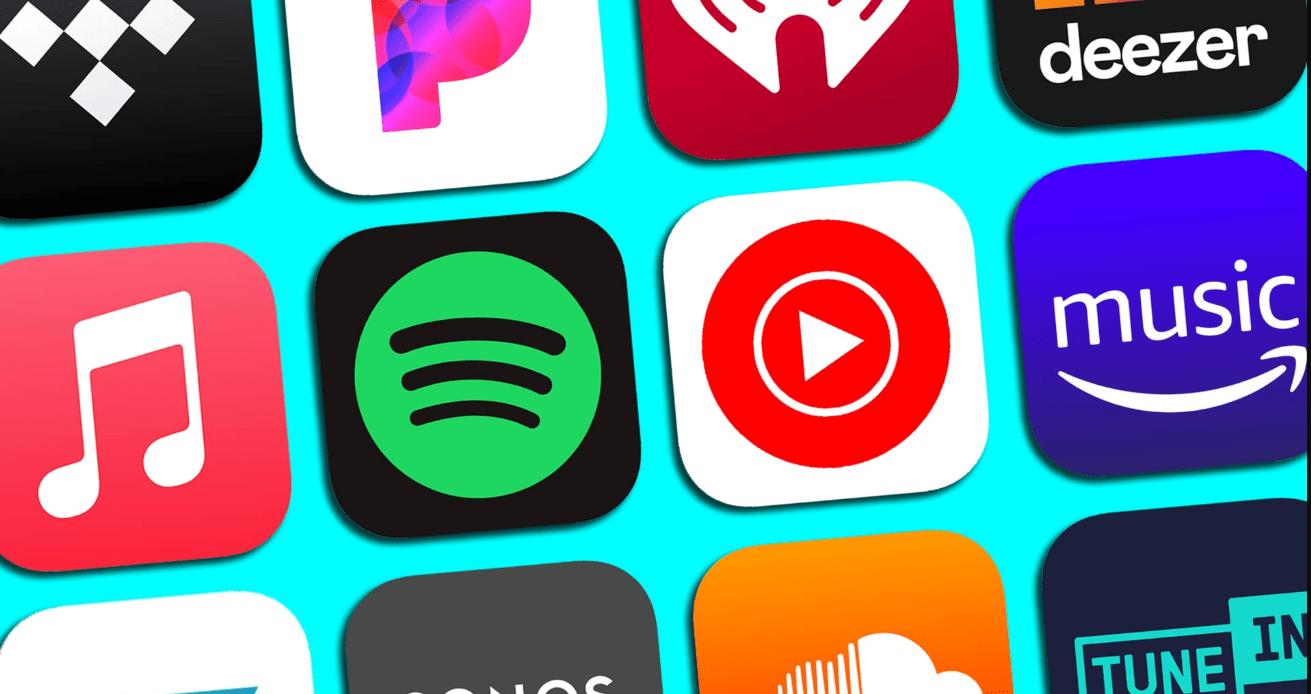In today’s digital age, accessibility is a fundamental aspect of software design, ensuring that digital platforms are usable by individuals of all abilities. Music streaming apps, in particular, play a significant role in providing access to a diverse range of audio content, but they must also prioritize accessibility to ensure that all users, including those with disabilities, can fully engage with the platform. In this blog post, we will explore the importance of accessibility in music streaming apps and discuss strategies for making digital audio content accessible to users with disabilities.
1. Understanding the Importance of Accessibility:
Accessibility is not just about complying with regulations; it’s about ensuring that everyone, regardless of ability, can access and enjoy digital content. For individuals with disabilities, accessibility features are essential for navigating and interacting with music streaming apps effectively, which is crucial when aiming to build an app like Spotify.
2. Supporting Screen Readers:
Screen readers are assistive technologies that read aloud the content of a screen, enabling individuals with visual impairments to access digital content. Music streaming apps should be designed to work seamlessly with screen readers, providing descriptive labels for all interface elements and ensuring that navigation is intuitive and efficient.
3. Implementing Captioning for Audio Content:
Captioning is crucial for users who are deaf or hard of hearing, allowing them to access spoken content through visual text overlays. Music streaming apps should support captioning for spoken audio content, such as podcasts, interviews, and artist commentary, ensuring that all users can understand and enjoy the content.
4. Customizable Playback Controls:
Customizable playback controls empower users to adapt the app interface to their specific needs and preferences. Features such as adjustable playback speed, volume normalization, and customizable gestures can enhance the usability of music streaming apps for individuals with motor impairments or cognitive disabilities.
5. Providing Alternative Text for Visual Content:
Visual elements within music streaming apps, such as album artwork, artist images, and playlist covers, should include alternative text descriptions to ensure that users with visual impairments can understand their meaning and relevance.
6. User Testing and Feedback:
Regular user testing with individuals with disabilities is essential for identifying accessibility barriers and refining the user experience accordingly. Music streaming app developers should actively seek feedback from users with disabilities and prioritize accessibility improvements based on their insights and recommendations.
conclusion
In conclusion, accessibility is a fundamental aspect of music streaming app design, ensuring that all users, regardless of ability, can access and enjoy digital audio content. By implementing features such as support for screen readers, captioning, customizable playback controls, and alternative text descriptions, music streaming apps can create a more inclusive and equitable user experience for everyone. Investing in accessibility not only benefits users with disabilities but also enhances the overall usability and appeal of the app for all users.

